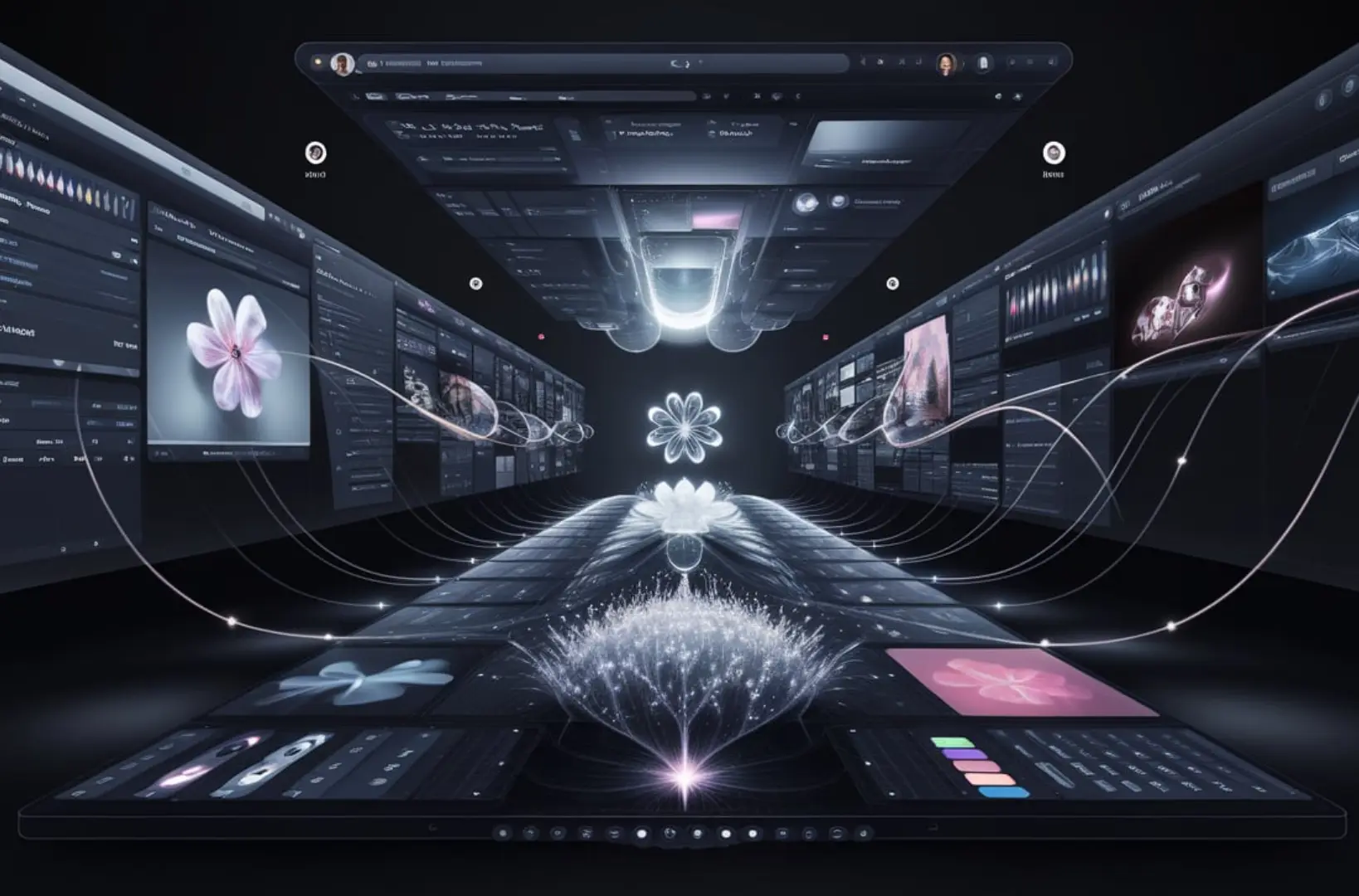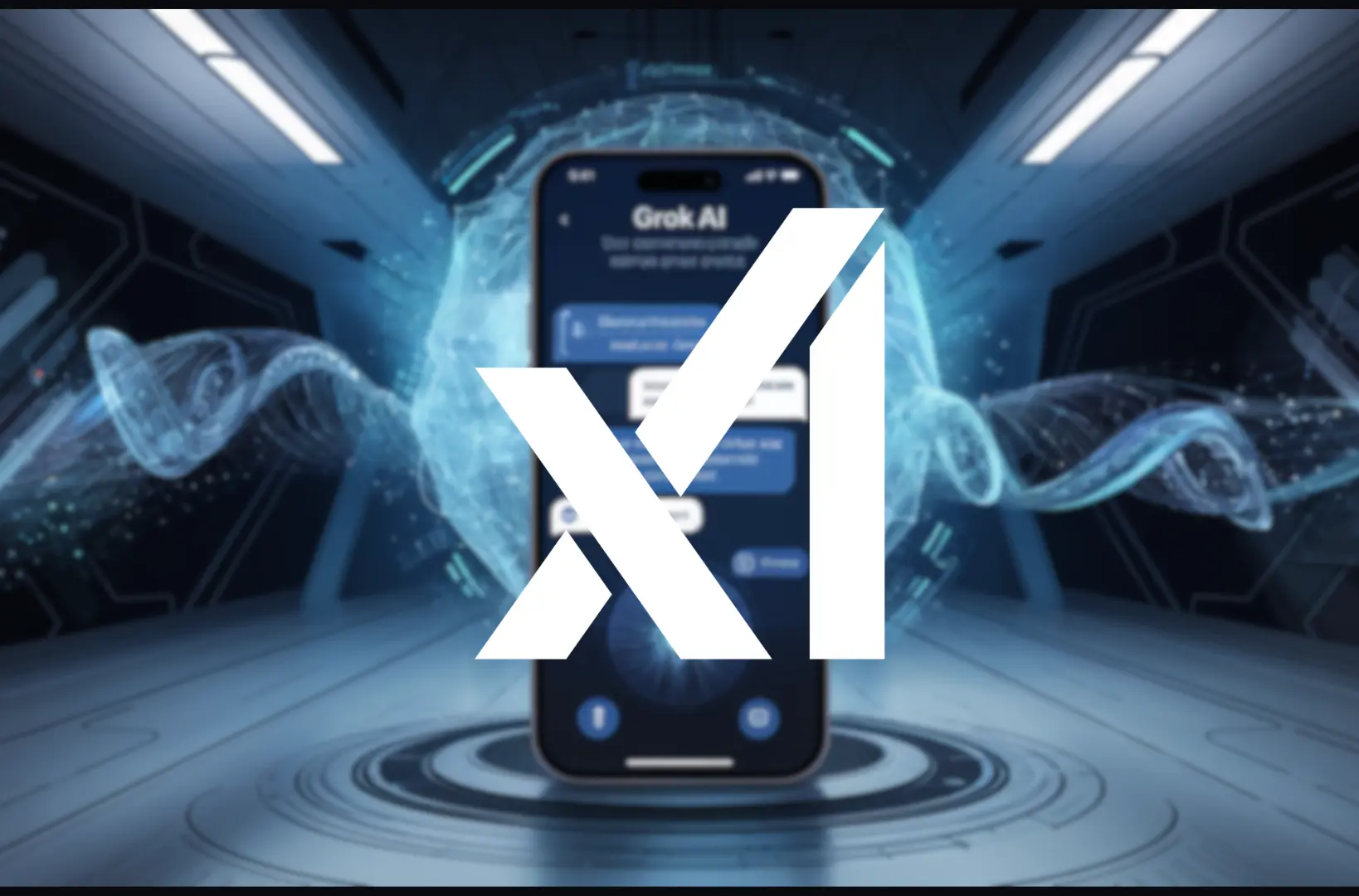Artificial intelligence has become a powerful tool for enhancing productivity, automating processes, and driving innovation. With AI technologies continually evolving, two prominent options that stand out in the market are Google Veo 2 and Sora AI. Both platforms leverage the latest advancements in machine learning, but they cater to different needs and industries. Google Veo 2 integrates seamlessly within the Google ecosystem, making it an excellent choice for businesses and individuals looking to streamline their workflows. On the other hand, Sora AI specializes in highly customizable solutions for industries that require data analysis, predictive analytics, and automation. In this blog, we’ll explore the features, strengths, and ideal use cases of both platforms to help you determine which one aligns with your specific requirements, whether you’re a small business owner or part of a larger enterprise.
Key Features of Google Veo 2
Google Veo 2 builds on the powerful AI tools that Google is known for, offering a suite of features designed to enhance productivity and efficiency. One of its core strengths is its seamless integration within the Google ecosystem, making it easy to connect with tools such as Gmail, Google Calendar, and Google Docs. Users can rely on Google Veo 2 to manage tasks, automate repetitive actions, and even generate content. The platform’s Natural Language Processing (NLP) capabilities make it particularly effective at understanding and responding to complex instructions in a conversational manner. Furthermore, Google Veo 2 excels at personalizing user experiences, adapting to individual workflows and preferences to optimize productivity over time. Whether you’re scheduling meetings or organizing project data, Google Veo 2 is a reliable assistant that enhances your workday with minimal setup and effort.
Key Features of Sora AI
Sora AI offers a more specialized approach, tailored to industries that require advanced data-driven insights and process automation. Unlike Google Veo 2, which focuses on general productivity, Sora AI is built with the flexibility to integrate into complex systems, allowing businesses to leverage AI for industry-specific applications like predictive analytics, customer insights, and real-time decision-making. It is especially popular in sectors like healthcare, finance, and retail, where accurate data analysis and automation are critical.
Sora AI’s customization options are robust, offering deep integration with various third-party platforms and allowing users to adapt the system to their specific needs. It also provides a user-friendly interface that caters to both tech-savvy users and beginners, ensuring accessibility for businesses of all sizes. With powerful machine learning algorithms and an emphasis on scalability, Sora AI is an excellent choice for companies looking to incorporate advanced AI into their operations.
Google Veo 2 vs. Sora AI: Key Differentiating Features
When comparing Google Veo 2 and Sora AI, there are a few key distinctions to consider.
Ease of Use: Google Veo 2 shines with its intuitive design, especially for users already familiar with Google Workspace tools. Its interface is user-friendly, making it ideal for businesses that need quick, seamless integration into existing systems. In contrast, Sora AI has a slightly steeper learning curve due to its focus on more complex, customizable features. However, once set up, it provides a robust platform for managing industry-specific tasks.
Performance: Both platforms are fast and reliable, but Google Veo 2 is optimized for individual productivity tasks, while Sora AI is better suited for managing larger-scale data processes and automation tasks. For enterprises, Sora AI’s high processing power and scalability make it a better fit for more complex operations.
Customization: Google Veo 2 offers limited customization options, primarily within the Google ecosystem. It excels at automating workflows and assisting with personal tasks but may not meet the needs of businesses requiring specialized features. On the other hand, Sora AI is highly customizable, allowing it to adapt to different industries and workflows. Its flexibility is a major strength, especially for businesses in niche sectors.
Integration: Google Veo 2 integrates seamlessly with Google Workspace, making it an excellent choice for businesses already using Google tools. However, Sora AI supports a broader range of third-party platforms, providing more flexibility for organizations that rely on various software systems.
Pricing: Google Veo 2 is priced affordably, making it accessible for individual users and small businesses. In contrast, Sora AI’s pricing can vary based on the complexity and scale of the solution required, making it a better fit for larger businesses with more specialized needs.
Use Cases and Applications
Google Veo 2: Ideal for individuals, freelancers, and small businesses that rely heavily on Google Workspace for daily operations. Whether it’s automating scheduling, content generation, or data management, Google Veo 2 is designed to boost personal productivity with minimal setup.
Sora AI: Perfect for enterprises and industries such as healthcare, finance, and retail, where advanced data analysis and automation are essential. Sora AI excels in managing large datasets, providing real-time insights, and driving efficiency in complex workflows. For example, in healthcare, Sora AI could be used to predict patient care needs based on historical data.
Google Veo 2 and Sora AI: Pros and Cons
Google Veo 2
Pros:
- Easy to use and integrates well within the Google ecosystem.
- Excellent for streamlining personal tasks and team collaboration.
- Cost-effective for individuals and small businesses.
Cons:
- Limited to Google tools and services.
- May not be suitable for industries requiring deep customization or complex workflows.
Sora AI
Pros:
- Highly customizable to fit specific industry needs.
- Strong performance in managing large data sets and complex tasks.
- Integrates with a wide range of third-party tools and platforms.
Cons:
- Higher learning curve for new users.
- Pricing may be expensive for smaller businesses or individuals.
Which One Should You Choose?
The right choice between Google Veo 2 and Sora AI ultimately depends on your specific needs and goals. If you are a freelancer, small business owner, or someone already invested in the Google ecosystem, Google Veo 2 is an excellent choice for streamlining productivity and automating everyday tasks. However, if you work in a more complex industry that requires deep data insights and process automation, Sora AI may be the better fit. Its flexibility and advanced AI capabilities make it ideal for larger organizations looking to harness the power of AI to drive innovation and operational efficiency.
Future Potential and Updates
Both Google Veo 2 and Sora AI are continuously evolving. Google Veo 2 is likely to expand its integration within Google Workspace, further enhancing its productivity features. Meanwhile, Sora AI is expected to continue its focus on complex industries, adding new algorithms and expanding its reach into sectors like manufacturing and logistics. As both platforms evolve, they promise to offer even more powerful AI solutions tailored to a broader range of industries and use cases.
Conclusion
In conclusion, both Google Veo 2 and Sora AI offer unique strengths, with Veo 2 excelling in productivity and ease of use for Google-centric workflows, while Sora AI shines in industries requiring complex data processing and customization. The decision between the two depends on your organization’s specific requirements. Whether you’re looking for a reliable productivity assistant or a powerful tool for business automation, both AI platforms offer innovative solutions that are sure to improve your operations. Take the time to assess your needs, and choose the solution that aligns with your goals for the best results.

Burhan Ahmad is a Senior Content Editor at Technado, with a strong focus on tech, software development, cybersecurity, and digital marketing. He has previously contributed to leading digital platforms, delivering insightful content in these areas.








